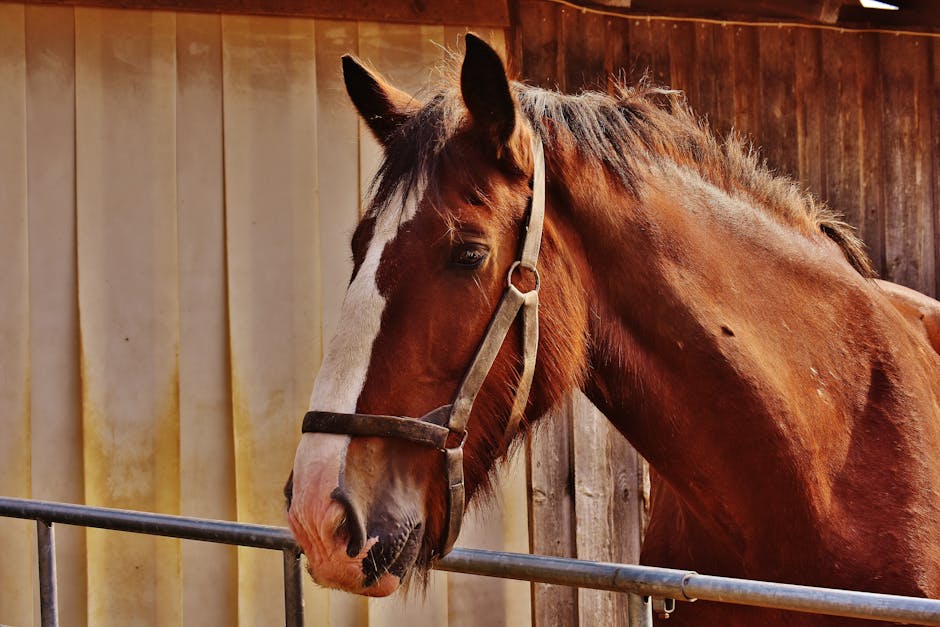Discover Albatrellus Ovinus: A Hidden Fungi Gem – 9 Clues
Discover Albatrellus Ovinus: A Hidden Fungi Gem – 9 Clues

Foraging for mushrooms is a rewarding experience, connecting us with nature’s bounty. But the world of fungi holds secrets beyond the common button mushroom. One such treasure is Albatrellus ovinus, the sheep polypore, a delectable and often overlooked edible mushroom. This fascinating fungus, with its unique appearance and delicate flavor, offers a culinary adventure for the discerning forager. Join us as we delve into the intriguing world of Albatrellus ovinus, uncovering nine key clues to help you identify and appreciate this hidden gem.
Identifying Albatrellus Ovinus: Key Characteristics
Appearance and Texture
Albatrellus ovinus presents a distinctive appearance. It typically grows in clusters, with individual caps ranging from 5 to 20 centimeters in diameter. The caps are initially convex, flattening with age, and often display a cracked or wrinkled surface. Their color varies from creamy white to pale yellow-brown. The texture of the cap is firm and fleshy, becoming slightly brittle as the mushroom matures.
The underside of the cap reveals a porous surface, rather than gills, which is a key characteristic of polypores. These pores are small and round, initially white, but may yellow with age or bruising. The stem, or stipe, is short and thick, often off-center, and typically the same color as the cap.
Another distinguishing feature is the tendency for the flesh of Albatrellus ovinus to turn slightly yellow when bruised or cut. This reaction can help differentiate it from similar-looking species.
Habitat and Distribution
Albatrellus ovinus thrives in coniferous forests, particularly those dominated by spruce and fir trees. It is typically found growing on the ground, often near the base of trees or amongst moss and leaf litter. The mushroom prefers acidic soils and is more common in mountainous regions.
Geographically, Albatrellus ovinus is widespread across the Northern Hemisphere, including North America, Europe, and Asia. Its fruiting season typically occurs from late summer to early autumn.
Knowing the preferred habitat and distribution of this mushroom is crucial for successful foraging. Focusing your search on coniferous forests during the appropriate season will greatly increase your chances of finding this fungal treasure.
Spore Print and Microscopic Features
While not always necessary for identification, examining the spore print of Albatrellus ovinus can provide further confirmation. The spore print is white to cream-colored. Microscopic examination reveals smooth, ellipsoid spores.
For those with access to a microscope, observing the microscopic features can be a definitive way to identify Albatrellus ovinus and differentiate it from other polypores.
While not always necessary for identification, examining the spore print of Albatrellus ovinus can provide further confirmation. The spore print is white to cream-colored.
Culinary Uses and Preparation of Albatrellus Ovinus
Cooking Methods
Albatrellus ovinus offers a unique culinary experience. Its flavor is described as mild and nutty, with a slightly chewy texture. Younger specimens are generally preferred, as older mushrooms can become tough and bitter.
This versatile mushroom can be prepared in various ways. Sautéing, grilling, and frying are popular methods, enhancing its natural flavors. It can also be added to soups, stews, and stir-fries, adding a delicate earthy note to dishes.
Before cooking, it’s important to clean the mushrooms thoroughly. Brushing off any dirt or debris and trimming the stem is recommended.
Preservation Techniques
Albatrellus ovinus can be preserved for later use through drying or freezing. Drying allows for long-term storage and concentrates the flavor. Freezing, after blanching, is another effective method to maintain its quality.
Proper preservation techniques ensure that you can enjoy the unique flavor of Albatrellus ovinus throughout the year.
Dried Albatrellus ovinus can be rehydrated and used in soups and stews, while frozen mushrooms are best suited for dishes where texture is less critical.
Distinguishing Albatrellus Ovinus from Similar Species
Look-Alikes and Differentiation
Several other polypore species share some similarities with Albatrellus ovinus. Albatrellus confluens, for example, is often found in similar habitats. However, it has a more orange-yellow hue and a less cracked cap surface.
Another potential look-alike is Albatrellus subrubescens, which tends to have a pinkish tinge to its flesh when bruised. Careful observation of these subtle differences is crucial for accurate identification.
Creating a comparison table can be helpful in distinguishing Albatrellus ovinus from similar species. Note key features such as cap color, pore color, bruising reaction, and habitat.
| Feature | Albatrellus ovinus | Albatrellus confluens |
|---|---|---|
| Cap Color | Creamy white to pale yellow-brown | Orange-yellow |
| Pore Color | White, yellowing with age | White to cream |
Conclusion
Albatrellus ovinus, the sheep polypore, offers a unique foraging and culinary experience. By understanding its key identifying characteristics, preferred habitat, and culinary uses, you can confidently seek out and enjoy this hidden fungal gem. Remember to always exercise caution when foraging and be absolutely certain of your identification before consuming any wild mushroom.
Is Albatrellus ovinus safe to eat?
Yes, Albatrellus ovinus is considered edible, but proper identification is crucial. Always cook wild mushrooms thoroughly before consumption.
Where can I find Albatrellus ovinus?
Look for Albatrellus ovinus in coniferous forests, particularly under spruce and fir trees, during late summer and early autumn.
How can I distinguish Albatrellus ovinus from similar species?
Pay attention to cap color, pore color, bruising reaction, and habitat. Consulting field guides and comparing with known specimens can help with accurate identification.
What are the best ways to cook Albatrellus ovinus?
Sautéing, grilling, frying, and adding to soups and stews are all excellent ways to prepare Albatrellus ovinus.
Can I preserve Albatrellus ovinus for later use?
Yes, Albatrellus ovinus can be dried or frozen for later use.
- First point
- Second point